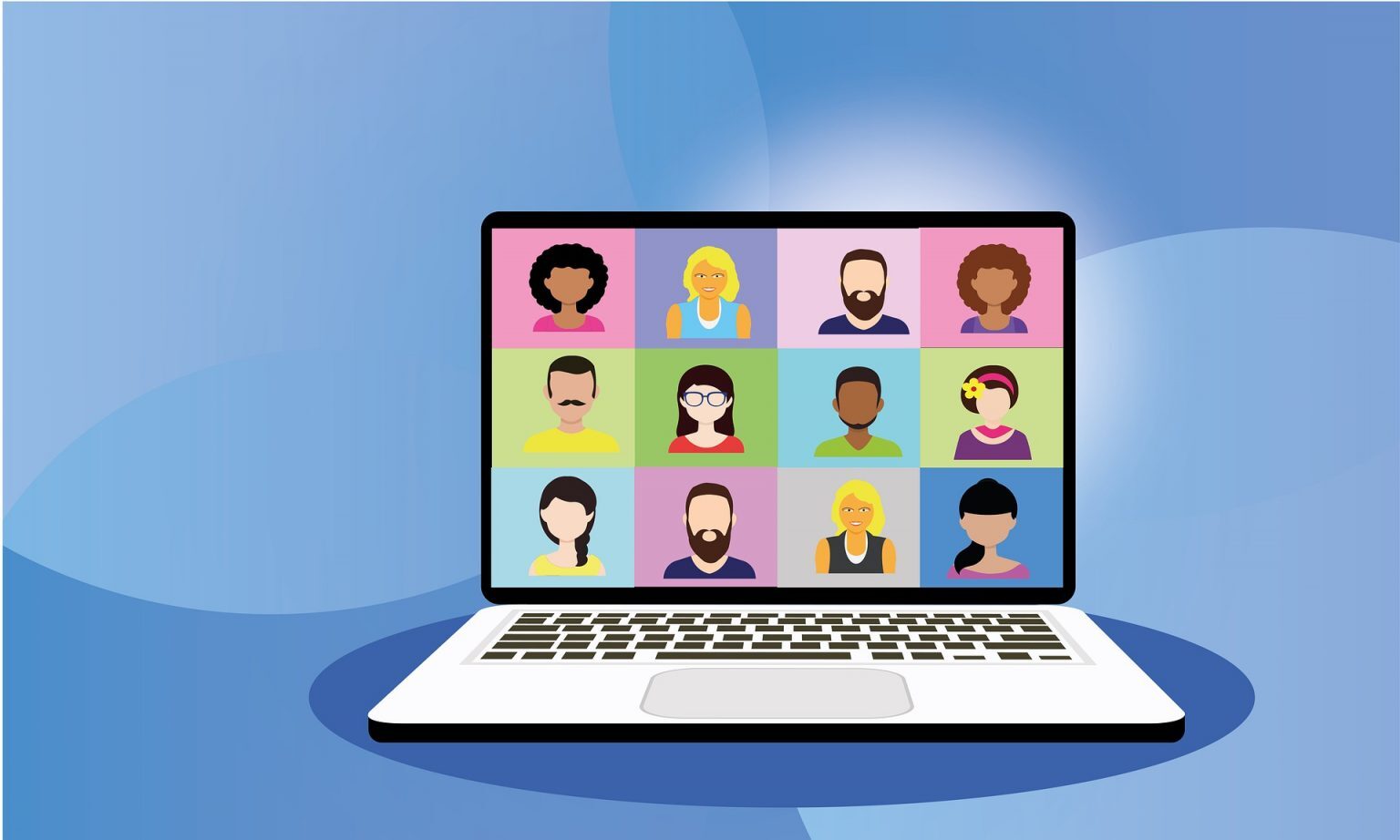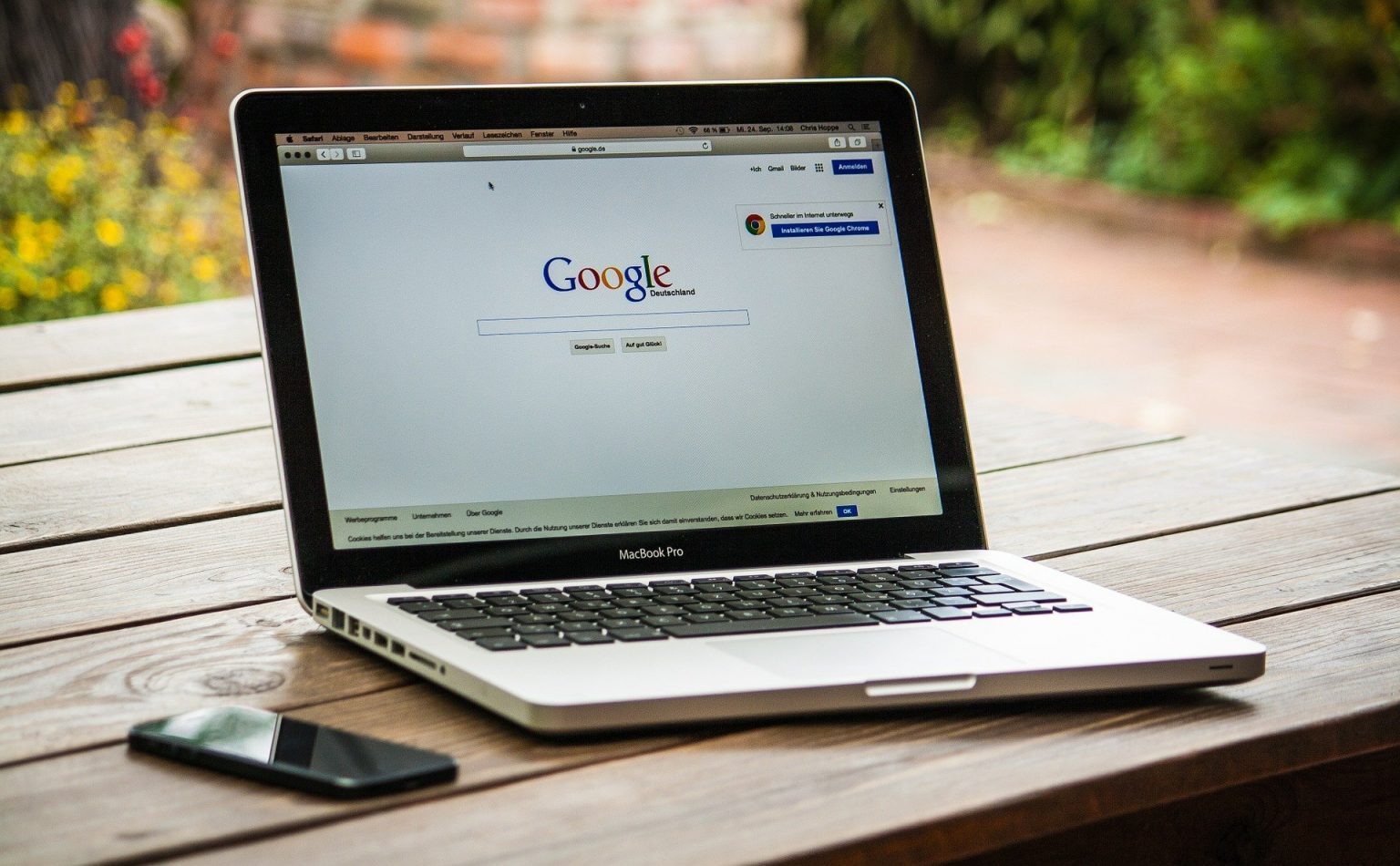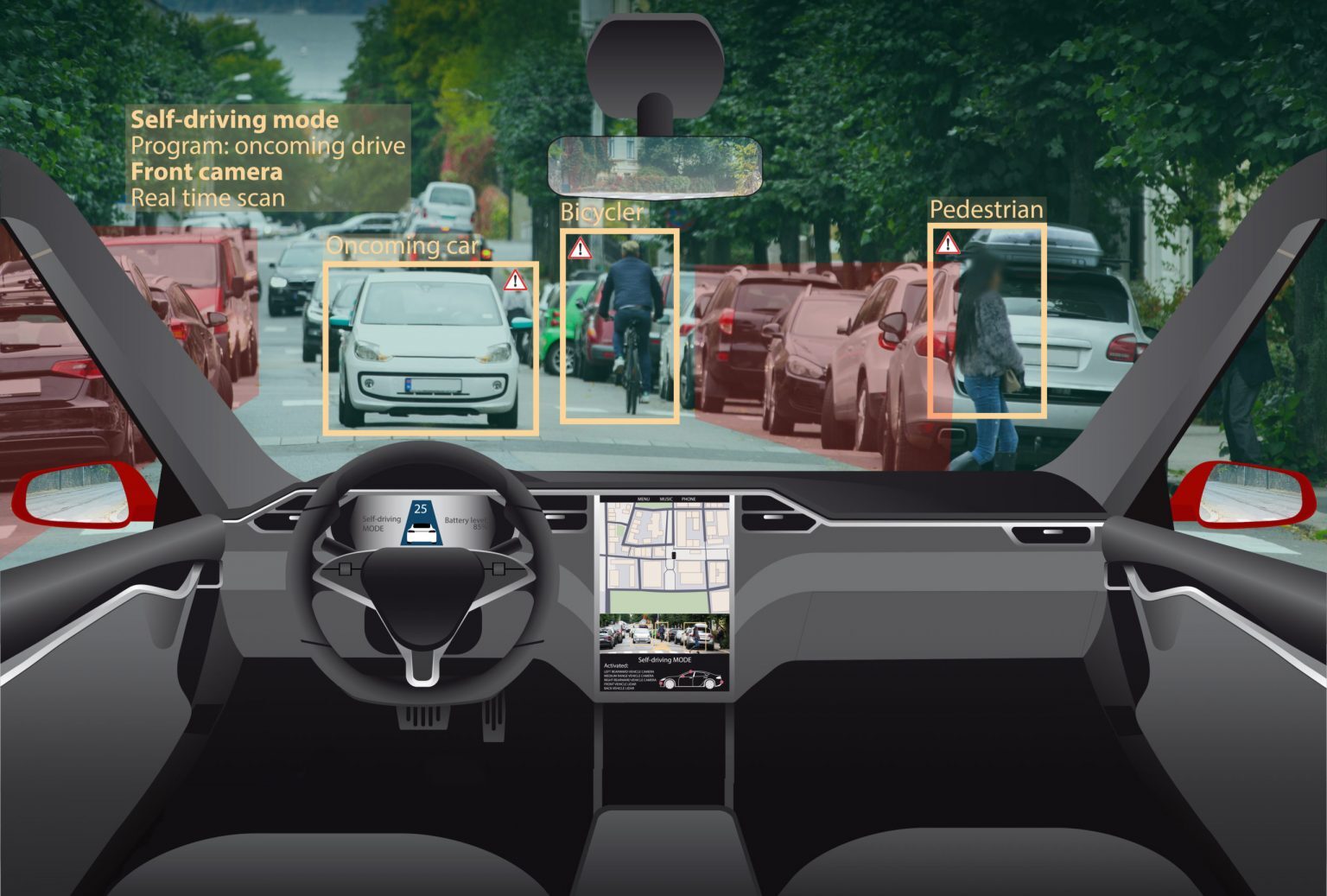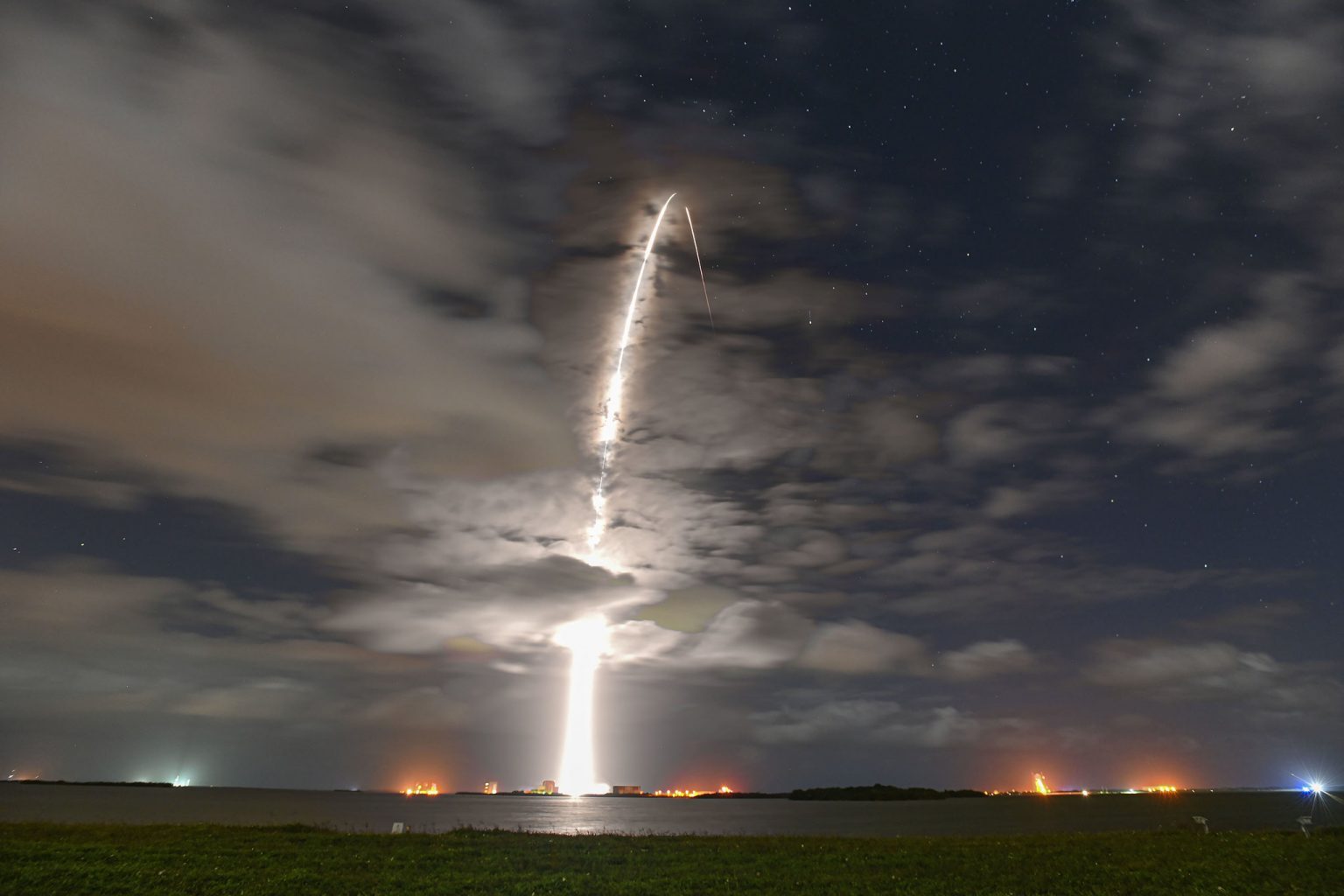During the first UK lockdown I received an email from my son’s primary school with a list of webcams we might enjoy having a look at. We particularly enjoyed watching and identifying the animals at a particular African watering hole that we could watch, live, online. I continued exploring this world of live-streamed place-based webcams, something I had previously overlooked. I was fascinated by those focusing on city centres, which revealed largely deserted urban landscapes. I left nature-cams and coastal webcams open on my PC monitor as welcome distractions as I worked from home. They offered me a portal to the outside…
Author: The Conversation
Experienced outdoor athletes know that with winter rapidly approaching, the secret to success lies in protecting the core. That is, the body’s core temperature through layering, wicking and a host of ever-improving technical fabrics that prevent the cold, snow and ice from affecting performance. The same could be said for cybersecurity. With organizations and workers now in their ninth month of COVID-19, the time has come to prepare as the threat of cyberattacks becomes even more menacing. Cybersecurity experts predict that in 2021, there will be a cyberattack incident every 11 seconds. This is nearly twice what it was in 2019 (every…
New research is questioning the popular notion that cybercriminals can make millions of dollars from the comfort of home — and without much effort. Our paper, published in the journal Trends in Organised Crime, suggests offenders who illegally sell cybercrime tools to other groups aren’t promised automatic success. Indeed, the “crimeware-as-a-service” market is a highly competitive one. To succeed, providers have to work hard to attract clients and build up their criminal business. They must combine their skills and employ business acumen to attract (and profit from) other cybercriminals wanting their “services”. And the tactics they use more closely resemble a business…
As the Thanksgiving holiday was winding down, a medical center in Salem, Oregon, found itself in the middle of a frothing social media mess. A nurse named Ashley Grames posted a video on TikTok that went viral in which she mock-confessed to ignoring coronavirus health guidelines. The video – which Grames has since taken down, though it remains available on other feeds – is less than 15 seconds long. And if you’re not familiar with TikTok tropes, the video will seem very weird. The nurse is wearing scrubs and seemingly at a medical facility. She lip-syncs to a short audio clip from “The Grinch” and mocks her…
As more and more good news about vaccines has come pouring in, Zoom has watched its shares tumble. Contrary to nervous markets, however, we believe video conferencing and remote working are here to stay – whether we like it or not. During the pandemic, how and where we work changed for many of us. The UK’s Office for National Statistics revealed that working from home had increased from 5% of the workforce before the pandemic to 47% in April 2020 – less than two months after the pandemic was declared. Hand in hand with this unprecedented rise in homeworking was an equally surprising increase in the use…
Bitcoin is back. Three years after the bubble that inflated its value from US$5,000 to US$20,000 in less than three months burst in spectacular fashion, plunging more than 80%, the cryptocurrency is again on the verge of a record high. In recent days it has been trading above US$19,000, up from US$10,000 in October and US$5,900 in March. The price of Ethereum, the second-largest cryptocurrency by market value, has also surged over the past few months, up from less than US$250 in July to about US$600. There are wild reports that by the end of 2021 Bitcoin could surge to US$100,000,…
Small corners of the internet are ablaze with the news that Apple has significantly ramped up its search bot activity. Search bots typically scan websites in order to rank and index them for search engine results. When you look for something on a search engine, the results that appear are ordered by “ranking”, meaning that the result that is most accurate to what you are looking for appears at the top. This increase in activity also appears alongside pressure from the UK competition commission to break up Apple’s multi-billion dollar sweetheart deal with Google. The deal ensures that Google is the default search…
With self-driving cars gaining traction in today’s automobile landscape, the issue of legal liability in the case of an accident has become more relevant. Research in human-vehicle interaction has shown time and again that even systems designed to automate driving — like adaptive cruise control, which maintains the vehicle at a certain speed and distance from the car ahead — are far from being error-proof. Recent evidence points to drivers’ limited understanding of what these systems can and cannot do (also known as mental models) as a contributing factor to system misuse. https://www.youtube.com/watch?v=ey-D24dhT8I&feature=emb_logo A webinar on the dangers of advanced driver-assisted systems. There are many…
In 2019, US President Donald Trump declared “space is the new war-fighting domain”. This followed the creation of the US Space Force and a commitment to “American dominance” in outer space. Other space-faring nations, and those who fear the acceleration of an arms race in space, were greatly concerned. At the latest meeting of the United Nations Committee on the Peaceful Uses of Outer Space, states noted with alarm that “preventing conflicts in outer space and preserving outer space for peaceful purposes” is more necessary than ever. The election of Joe Biden as the next US president and Kamala Harris as vice-president suggests there is cause for hope.…
With nightclubs shuttered, DJs have been particularly hard hit by the pandemic. To make up for a lack of regular bookings many have taken their sound to the virtual airwaves through platforms such as Twitch, Mixlr, and the newly launched Mixcloud Live. While the idea of streaming live DJ sets is not new, the unforeseen arrival of COVID and lockdown has triggered an unprecedented rise in online DJ streams. The sight of a person bopping around behind decks while virtual hearts and comments stream past on the screen has become pretty well known. The vast majority of DJs, ranging from professional to those who…










